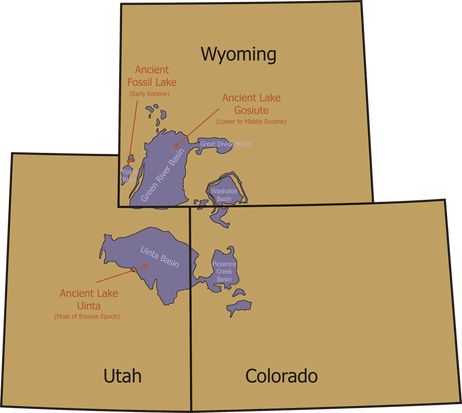2 Two Rare Detailed Fossil Bird Feathers Green River FM Uintah County UT Eocene Age
Location: Uintah County, Utah
Weight: 0.7 Ounces
Dimensions: 2.9 Inches Long, 1.8 Inches Wide, 0.3 Inches Thick (Plate)
Feather One Dimensions: 0.6 Inches Long, 0.2 Inches Wide
Feather Two Dimensions: 0.6 Inches Long, 0.2 Inches Wide
The item pictured is the one you will receive.
50 million years old, Eocene age
Fossil Bird Feather
Fifty million years ago, Fossil Lake covered what is now southwest Wyoming. Out of its estimated maximum size of 930 square miles, around 500 square miles of sediment are still present. The central 230 square miles of the ancient lake bed hold highly fossil-rich sediments and related geological features, such as deltas, beaches, springs, and rocks from both the center and nearshore areas.
The unique chemistry of the fossil lake inhibited decay and scavenging of dead organisms, allowing millimeter-thick layers of alternating limestone to form gradually. As a result, laminated limestones with the highest concentration of fossil fish globally were created. These fish, along with other aquatic life and related geological features, make Fossil Lake the premier Paleogene record of freshwater lake ecosystems worldwide.
Since the discovery in the 1870s, numerous exceptionally well-preserved fossil fish have been found. The laminated limestone encoding these fossils contains an entire aquatic ecosystem: cyanobacteria, plants, insects, crustaceans (such as shrimp, crawfish, and ostracods), amphibians (including frogs and primitive salamanders), alligators, turtles, birds, and mammals, notably the oldest pantolestid (an otter-like creature). The surrounding subtropical terrestrial ecosystem is also evidenced by rare fossils, including a horse, two snakes, lizards, two bat species, birds, an apatemyid (a tree-dwelling insectivore), a miacad (an early carnivore), insects, and over 325 types of leaves, seeds, and flowers.
















